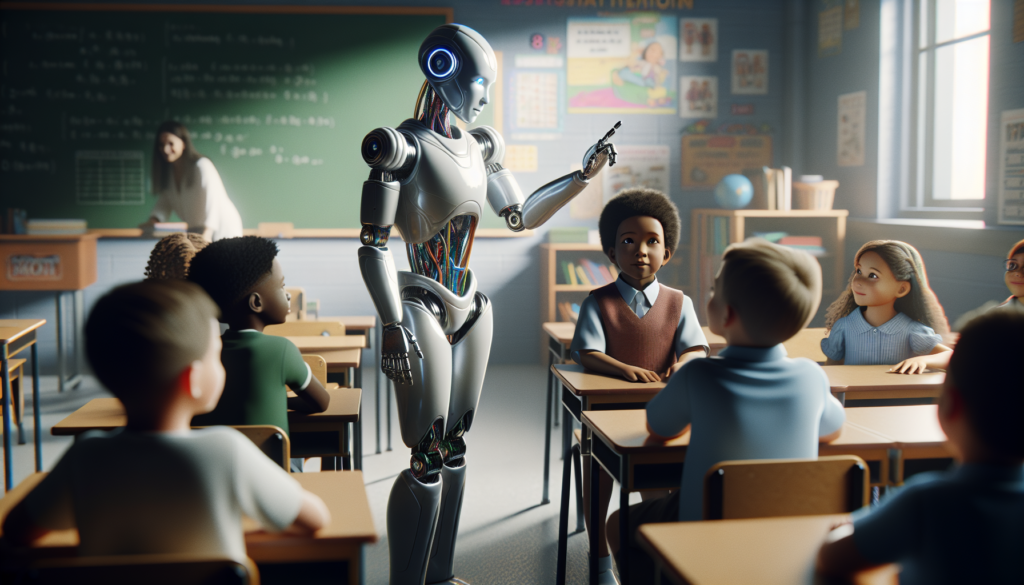Exploring the Fascinating World of Humanoid Robotics

Humanoid robotics is a branch of robotics focused on creating robots that resemble and behave like humans. Not only do these robots look like us, but they also perform tasks that typically require human intelligence and dexterity. From performing simple household chores to assisting in complex surgeries, humanoid robots are gradually becoming an essential part of our daily lives.
What Makes a Robot Humanoid?
Humanoid robots are distinguished by their human-like structure and capabilities:
– Bipedal Locomotion: They move on two legs, which is significantly challenging to achieve in terms of balance and motion.
– Torso and Head: A torso and head often equipped with sensors that mimic the human sensory and processing capabilities.
– Arms and Hands: For interacting with the environment in complex ways, similar to human beings.
Current Leaders in the Field
Several prominent examples of humanoid robots include:
– ASIMO by Honda: One of the most popular humanoid robots, known for its ability to walk, run, navigate obstacles, and recognize faces.
– Sophia by Hanson Robotics: Famous for its human-like appearance and ability to process and deliver verbal responses to questions.
– Atlas by Boston Dynamics: Known for its advanced physical agility, Atlas can perform impressive tasks like backflips and running over uneven terrain.
Applications of Humanoid Robots
The applications of humanoid robots are vast and varied:
– Healthcare: Assisting with patient care, surgeries, and therapy sessions.
– Disaster Response: Working in environments that are too dangerous for humans, such as during fire outbreaks or nuclear accidents.
– Entertainment: Performing in theme parks and participating in elaborate stage performances.
– Education: Serving as educational tools that can interact with students in a more engaging way.
Challenges in Humanoid Robotics
Despite significant advancements, there are several challenges that researchers are actively trying to solve:
– Balancing and Locomotion: Imitating the human gait and achieving balance in varying terrains.
– Power and Efficiency: Developing efficient power systems to sustain longer operational periods without requiring frequent recharges.
– Human-Robot Interaction: Enhancing the robots’ ability to understand and interact naturally with human emotions and cues.
Future Perspectives
The future of humanoid robotics is intriguingly poised. With advancements in artificial intelligence and mechanical engineering, here’s what we might expect:
– Improved Interaction: Enhancements in natural language processing will lead to better and more natural interactions between humans and robots.
– Advanced Mobility: As mechanical and electronic components improve, robots will exhibit even more dynamic and versatile movement capabilities.
– Broader Adoption: As the technology becomes more refined and costs decrease, expect to see humanoid robots more frequently in everyday settings.
Conclusion
Humanoid robotics is not just about building robots; it’s about augmenting human capabilities and addressing challenges that are currently beyond our reach. As technology progresses, the synergy between human needs and robotic solutions will become more refined, leading to a world where humanoid robots are as commonplace as computers today. Whether it’s in assisting the elderly, teaching children, or performing hazardous tasks, humanoid robots hold a promising potential to significantly impact our future.
And while the complexity of mimicking the entire spectrum of human actions and emotions is still significant, the journey of humanoid robotics continues to push the boundaries of what is technically and creatively possible.

